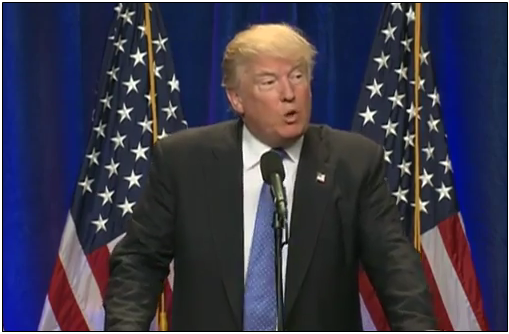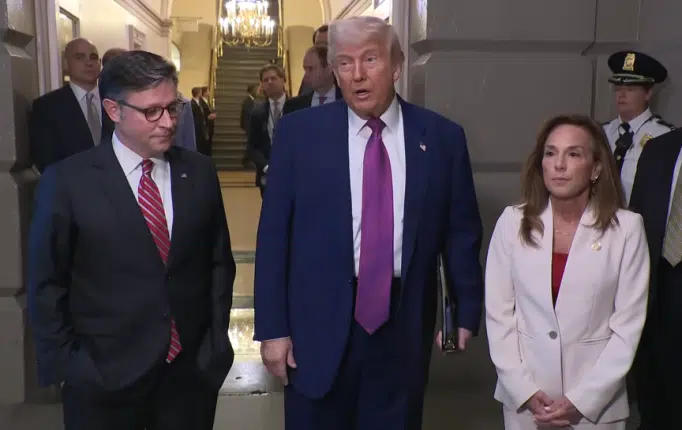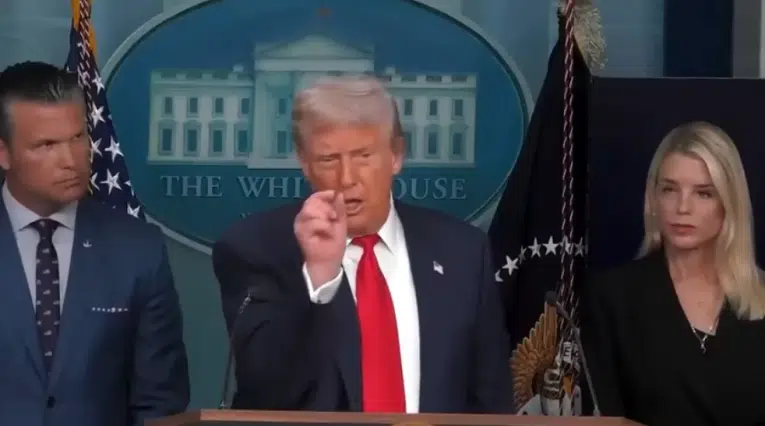The Supreme Court has ruled 5 to 4 that President Donald Trump’s 2017 travel restrictions for Chad, Iran, Libya, North Korea, Syria, Somalia, Venezuela and Yemen were a constitutional and legal exercise of his powers under Article II of the Constitution and 8 U.S.C. 1182(f).
According to the majority opinion by Chief Justice John Roberts, “By its plain language, §1182(f) grants the President broad discretion to suspend the entry of aliens into the United States. The President lawfully exercised that discretion based on his findings—following a worldwide, multi-agency review—that entry of the covered aliens would be detrimental to the national interest. And plaintiffs’ attempts to identify a conflict with other provisions in the INA, and their appeal to the statute’s purposes and legislative history, fail to overcome the clear statutory language.”
To be sure, the section of law in question reads, “Whenever the President finds that the entry of any aliens or of any class of aliens into the United States would be detrimental to the interests of the United States, he may by proclamation, and for such period as he shall deem necessary, suspend the entry of all aliens or any class of aliens as immigrants or nonimmigrants, or impose on the entry of aliens any restrictions he may deem to be appropriate.”
In doing so, the President was attempting to implement his extreme vetting process for immigrants to the U.S.
The law itself was enacted in 1952 by Congress, and President Harry Truman actually vetoed the bill, but was overridden in the both the House and the Senate. The 1952 law also included national quotas limiting the number of immigrants that could be accepted on a per country basis. Meaning, the provision allowing the president to suspend the entry of any and all immigrants into the U.S. was a statutory exception to that scheme.
That is why the 1965 changes to immigration law, which expanded the quotas, did not effect that statutory exception to that scheme. It did include a non-discrimination clause, 8 U.S.C. 1152(a) that states “no person shall receive any preference or priority or be discriminated against in the issuance of an immigrant visa because of the person’s race, sex, nationality, place of birth, or place of residence.”
That is, unless the president has by proclamation decided otherwise to “suspend the entry of all aliens or any class of aliens as immigrants or nonimmigrants,” which is what Trump did. When there are two closely related statutes, they must be read consistently.
Nor is there any constitutional right to immigrate to the U.S.
This case always came down to whether the President had the authority to restrict travel — he does — and whether it had been with a finding that such travel would otherwise be “detrimental to the interests of the United States”— he did.
Now, agree or disagree with the travel restrictions, what is clear is that the President issued the proclamation in a legally and constitutionally permissible manner.
As the Court stated, “We express no view on the soundness of the policy. We simply hold today that plaintiffs have not demonstrated a likelihood of success on the merits of their constitutional claim.”
There Roberts is doing exactly what the court is supposed to do, say what the law is.
At the end of the day, Trump v. Hawaii was about a political question with which the branches have discretion. Congress in 1952 had the Article I power to enact the law allowing the President to suspend immigration from certain countries, and President Trump in 2017 had the Article II power to enforce that law via proclamation. It’s really that simple. Don’t let the 5 to 4 ruling fool you. This case was a slam dunk.
Robert Romano is the Vice President of Public Policy at Americans for Limited Government.







